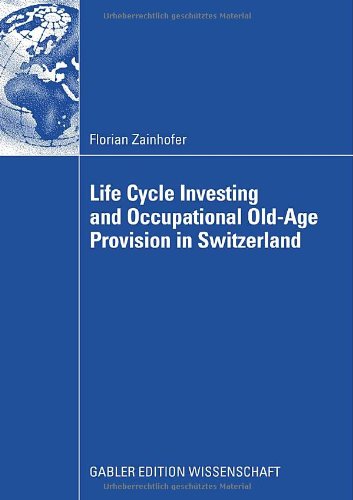

Most ebook files are in PDF format, so you can easily read them using various software such as Foxit Reader or directly on the Google Chrome browser.
Some ebook files are released by publishers in other formats such as .awz, .mobi, .epub, .fb2, etc. You may need to install specific software to read these formats on mobile/PC, such as Calibre.
Please read the tutorial at this link: https://ebookbell.com/faq
We offer FREE conversion to the popular formats you request; however, this may take some time. Therefore, right after payment, please email us, and we will try to provide the service as quickly as possible.
For some exceptional file formats or broken links (if any), please refrain from opening any disputes. Instead, email us first, and we will try to assist within a maximum of 6 hours.
EbookBell Team

4.0
56 reviews
ISBN 10: 3834998187
ISBN 13: 978-3834998187
Author: Florian Zainhofer
Swiss economists have proposed to individualize the funded second pillar of the Swiss retirement provision system (BVG) by granting employees flexibility with respect to the contribution rate and risky asset share in their accounts. Opponents have stressed that such a reform would transfer the investment risk from pension funds to financially illiterate employees and thus imply a welfare loss.
Florian Zainhofer uses the theory of life cycle investing, i.e. how we should optimally choose our savings rate and risky asset share throughout our lives, as a framework to study the implications of a potential BVG individualization. Following an introduction on the Swiss system of old-age provision, the author reviews recent life cycle models of portfolio choice and covers their numerical solution algorithms in depth. He presents an empirical analysis of Swiss workers’ earnings dynamics since these are important determinants of life cycle investment behavior. To further investigate the implications of a flexible contribution rate and risky asset share in the mandatory BVG, the author proposes a model adapted to Swiss conditions and parameterized with the estimated earnings dynamics.
a life cycle of a
life cycle inventory
life-cycle analysis is also known as
what is the purpose of a life-cycle cost analysis (lcca)
life cycle investment
Tags: Florian Zainhofer, Life Cycle, Occupational Old Age